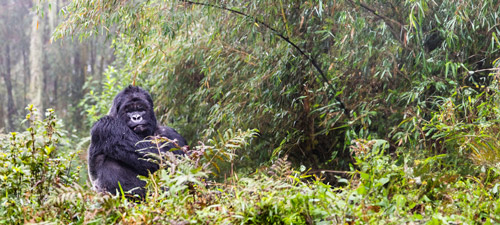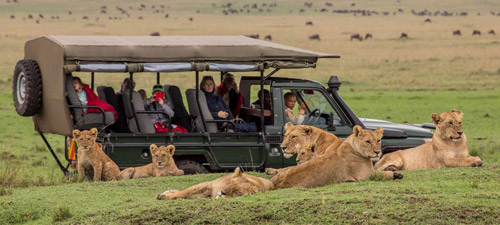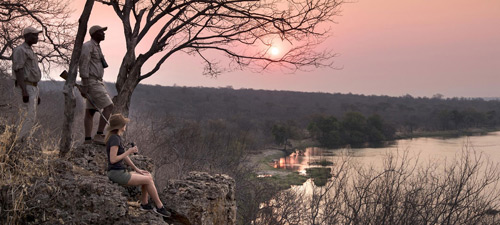
This is a copy of our weekly email newsletter. Subscribe here to receive the newsletter.
More Kruger elephants than we thought + Busanga Plains
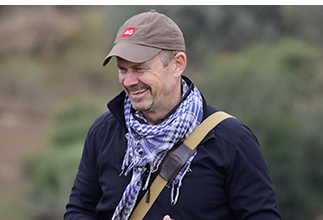
Did you know that only 37% of the captive wildlife tourism facilities in South Africa demonstrate sound ethics and good practice?
Our safari experts are often asked to include some form of animal sanctuary or encounter in our hand-made itineraries for guests. Our default response is to direct our guests towards trusted facilities such as the Sheldrick Wildlife Trust orphan elephant rescue and rehabilitation program in Kenya. When guests insist on facilities that have shady reputations, we politely refuse to assist them in that regard. There are a handful of ethical facilities with demonstrable benefits for conserving wild animals or easing the plight of previously abused animals. But there are also a plethora of shady, opportunistic facilities that abuse animals for commercial gain – shrewdly shrouded in green-speak and comforting catchphrases for those whose desire to pet wild animals ranks above their moral fortitude.
Yesterday, while waiting for my luggage to appear on the airport conveyor belt, I overheard a gaggle of just-arrived teens who were going to ‘save Africa’s lions’ at a voluntourism trap known for fake claims. I had to suppress the gag reflex.
Wild Choices is a good tool for making up your mind about such facilities in South Africa.

Simon Espley – CEO, Africa Geographic
From our Editor – Taryn van Jaarsveld
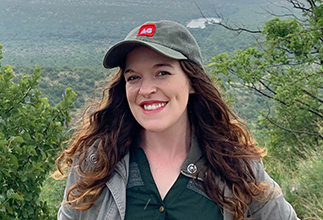
A wild spotted hyena has been recorded in Egypt – for the first time in 5,000 years – only to be killed in a hit-and-run. This intrepid traveller had crossed the unforgiving Sahara, perhaps lured by better rainfall and prey, but its crime? Helping itself to two goats. Local herders, unimpressed by its historic comeback, tracked it down and took overzealous action, running the hyena over with a vehicle. Researchers who studied photos of the deceased hyena hadn’t expected to see one resurface in Egypt. These predators once roamed a lush landscape alongside elephants and leopards, but the Sahara’s relentless aridification wiped them out. Recent wet cycles, however, may have briefly reopened the door for their return. The fact the hyena made it this far is a testament to the resilience of these carnivores. Was this a lost wanderer or the first of many returning scavengers?
This week, we take a look at Kruger’s elephant numbers – which recent research suggests have been underestimated over the years. And we’ve also put together a guide telling you everything you need to know about visiting Busanga Plains. Check these out below.

DID YOU KNOW?
We donate a portion of the revenue from every safari sold to carefully selected conservation projects that make a significant difference at ground level. YOUR safari choice does make a difference – thank you!
Story 1
https://africageographic.com/stories/the-science-of-counting-krugers-elephants/
KRUGER’S ELEPHANT NUMBERS
New research says Kruger’s elephant numbers have been underestimated, with improved surveys revealing a growing population of elephants
Story 2
https://africageographic.com/stories/busanga-plains/
BUSANGA PLAINS
Discover safari destination Busanga Plains, a hidden gem in Zambia’s Kafue NP – home to lions, lechwe, rare birds, & breathtaking wilderness
 TRAVEL DESK:
TRAVEL DESK:
Our safari picks of the week
Still searching for that handcrafted experiential safari? Browse our ready-made safari ideas OR click here for free safari planning.
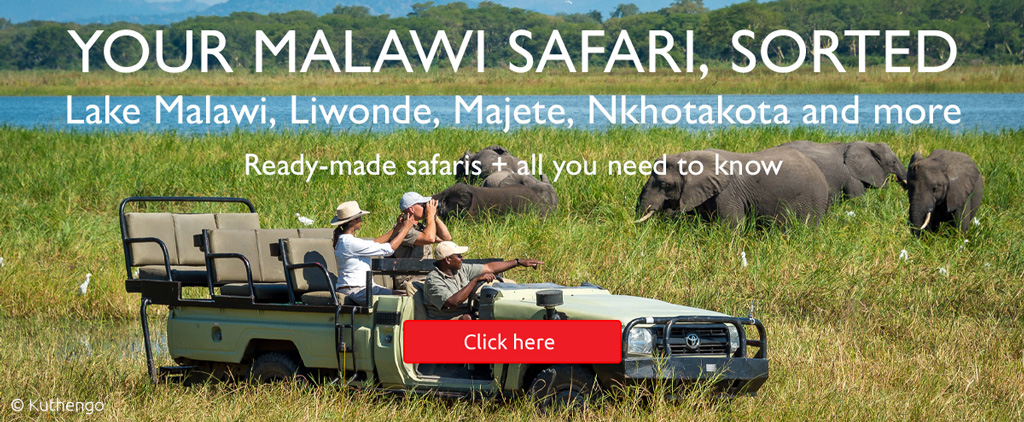
Our safari guests say…
From Kruger’s wild heart to Zanzibar’s vibrant shores, Anik’s family adventure was pure magic – earning us a 5-star review:
“We had another amazing experience with Africa Geographic. Christian was extremely helpful in planning our trip to northern Kruger, South Africa. He also helped us plan the second part of our trip to Mozambique. But when political difficulties in the country seemed likely to interfere with our plans, he and the team were extremely proactive. At the very last minute, they constructed a wonderful alternative itinerary for us to Zanzibar. We were very happy to have these plans in place. In Kruger, we had an amazing and knowledgeable guide who was always happy to discuss any topic in detail, and we enjoyed fantastic accommodations with boardwalk birdwatching and poolside wildlife viewing right along the river. We were extremely happy. In Zanzibar, Christian organised some very down-to-earth cultural excursions, which will be strong family memories forever! We loved biking through the villages, learning to climb coconut palm trees, and meeting and chatting with local kids. And we adored our Swahili cooking lesson!”
Do you want a safari experience like this? Get in touch, and let’s start planning your unique African safari!
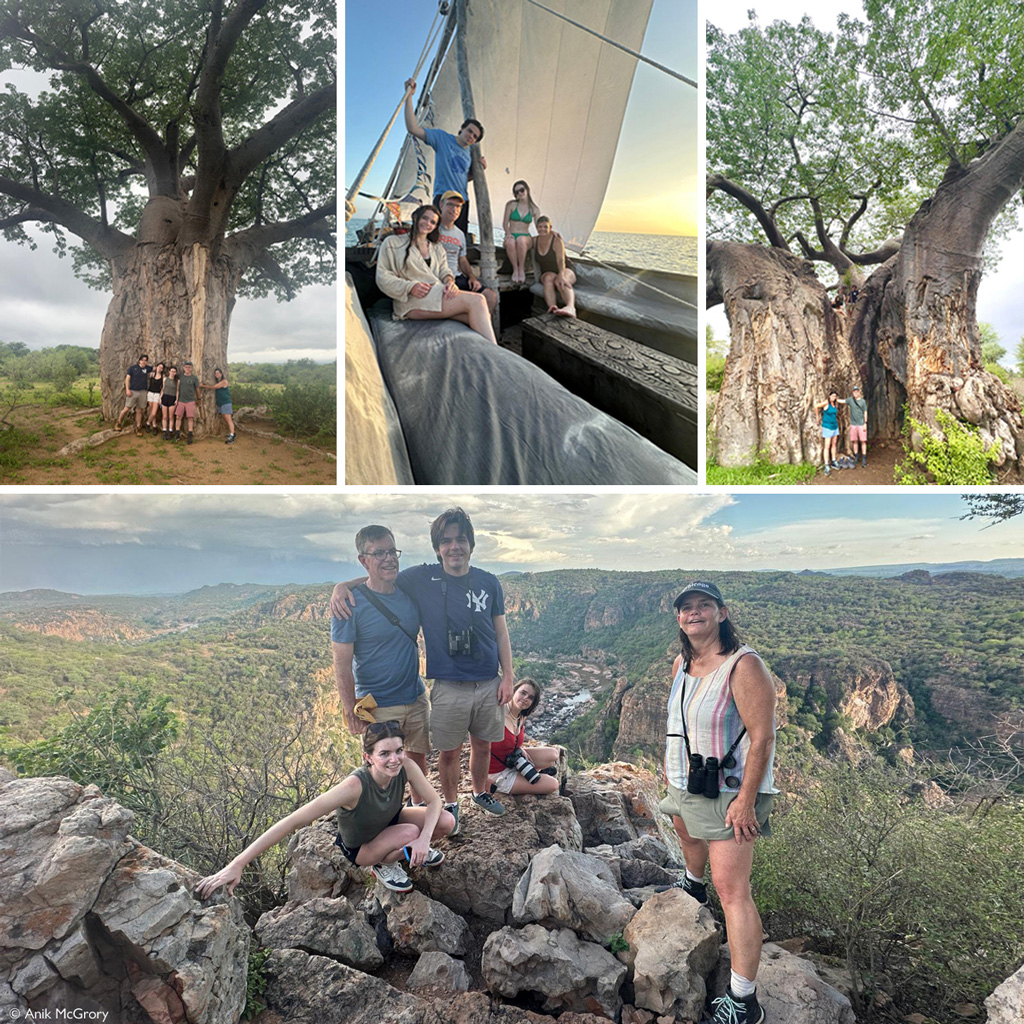
 WATCH: Liuwa Plain National Park in Zambia has one of the longest conservation histories in Africa. Over the past 20 years, the Barotse Royal Establishment, Zambia’s Department of National Parks and Wildlife, and African Parks have partnered to conserve the park. Today the landscape is a wildlife stronghold, where people and wildlife coexist in a thriving landscape. Watch this inspiring short documentary on why Liuwa Plain is thriving. (05:23) Click here to watch
WATCH: Liuwa Plain National Park in Zambia has one of the longest conservation histories in Africa. Over the past 20 years, the Barotse Royal Establishment, Zambia’s Department of National Parks and Wildlife, and African Parks have partnered to conserve the park. Today the landscape is a wildlife stronghold, where people and wildlife coexist in a thriving landscape. Watch this inspiring short documentary on why Liuwa Plain is thriving. (05:23) Click here to watch
For more videos celebrating Africa, check out our videos here
To comment on this story: Login (or sign up) to our app here - it's a troll-free safe place 🙂.![]()




